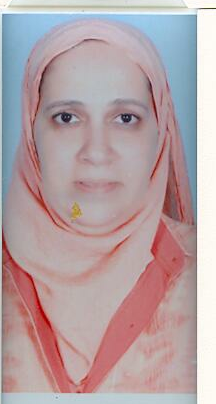Iron overload causes iron deposition and accumulation in the liver, heart, skin, and
other tissues resulting in serious tissue damages. Signifcant blood clearance from iron and ferritin using wet cupping therapy (WCT) has been reported. WCT is an excretory form of treatment
that needs more research efforts. WCT is an available, safe, simple, economic, and time-saving
outpatient modality of treatment that has no serious side effects. There are no serious limitations or
precautions to discontinue WCT. Interestingly, WCT has solid scientifc and medical bases (Taibah
mechanism) that explain its effectiveness in treating many disease conditions differing in etiology
and pathogenesis. WCT utilizes an excretory physiological principle (pressure-dependent excretion) that resembles excretion through renal glomerular fltration and abscess evacuation. WCT
exhibits a percutaneous excretory function that clears blood (through fenestrated skin capillaries)
and interstitial fluids from pathological substances without adding a metabolic or detoxifcation
burden on the liver and the kidneys. Interestingly, WCT was reported to decrease serum ferritin
(circulating iron stores) signifcantly by about 22.25% in healthy subjects (in one session) and to
decrease serum iron signifcantly to the level of causing iron defciency (in multiple sessions).
WCT was reported to clear blood signifcantly of triglycerides, low-density lipoprotein (LDL)
cholesterol, total cholesterol, uric acid, inflammatory mediators, and immunoglobulin antibodies
(rheumatoid factor). Moreover, WCT was reported to enhance the natural immunity, potentiate
pharmacological treatments, and to treat many different disease conditions. There are two distinct
methods of WCT: traditional WCT and Al-hijamah (WCT of prophetic medicine). Both start and
end with skin sterilization. In traditional WCT, there are two steps, skin scarifcation followed by
suction using plastic cups (double S technique); Al-hijamah is a three-step procedure that includes
skin suction using cups, scarifcation (shartat mihjam in Arabic), and second skin suction (triple S
technique). Al-hijamah is a more comprehensive technique and does better than traditional WCT,
as Al-hijamah includes two pressure-dependent fltration steps versus one step in traditional WCT.
Whenever blood plasma is to be cleared of an excess pathological substance, Al-hijamah is indicated. We will discuss here some reported hematological and therapeutic benefts of Al-hijamah,
its medical bases, methodologies, precautions, side effects, contraindications, quantitative evaluation, malpractice, combination with oral honey treatment, and to what extent it may be helpful
when treating thalassemia and other conditions of iron overload and hyperferremia.

